Traditional Japanese clothing has been worn for centuries. There are Haori, kimono, yukata, geta sandals, and Tabi socks. These icons of Japan are very different from Western clothing.
We present in this article all the traditional clothes you need to know if you like Japan.
1. HAORI
The haori is a Japanese kimono jacket. The samurai wore a fighting Haori over their armour. Today Japanese married men wear a haori over their official wedding kimono. People who like the Japanese streetwear style also wear a Haori over a hoodie.
The fabric and cut of the Haori resembles that of the kimono. Women wear also haori jacket as Japanese cardigan...
 Beautiful haori woman with Yokai demon Drawing
Beautiful haori woman with Yokai demon Drawing
How to wear a haori?
The haori should be kept open or tied with a small Obi belt. The aim is to see the colours of the kimono. You must not cross the two sides of the kimono.You can wear the haori jacket in everyday life. This light kimono is worn by both men and women.
The different types of Haori
The Haori is a traditional kimono jacket. This Japanese jacket for women or men is light and easy to wear. Europeans wear the haori as :
- A casual garment
- A summer jacket,
- A chic outfit
- An indoor garment
- A cosplay jacket
2. YUKATA
If you are not familiar with Japanese clothing, you may confuse yukata and Japanese kimono. Yukata is less formal than kimono. This Japanese garment is not suitable for official ceremonies such as graduations, weddings or religious ceremonies.
 Japanese Kimono men for sale on our online store
Japanese Kimono men for sale on our online store
What is the difference between a Yukata and a kimono?
Unlike the kimono which is made of silk or wool, the yukata is a kind of summer kimono. It is made of silk, wool or light cotton. It is a casual Japanese outfit.
During the Edo period, the light yukata was worn by the Japanese nobility. You could see some in onsen (Japanese baths). It was a dressing gown.
Nowadays, yukata is worn during matsuri (Japanese summer festivals).
There are still many differences between kimono and yukata. To avoid a bad situation we advise you to read our article on the difference between a kimono and a yukata. It is important to respect the cultural rules of Japan. For example, you should not go to a graduation with a Yukata. This is frowned upon in Japanese society!
3. JAPANESE KIMONO
 Woman with Kimono, obi belt and Kitsune mask
Woman with Kimono, obi belt and Kitsune mask
What is a kimono?
The kimono is the most famous traditional Japanese garment in the world. It is a long dress with long sleeves. It is a symbol of Japanese culture. The shape of the kimono is T-shaped. A traditional traditional kimono dress is worn with an Obi kimono belt. Today, fashion designers such as Jean-Paul Gauthier or Karl Lagerfield are inspired by this traditional dress.
Historically, the Japanese word kimono means "something you wear on you". The Japanese adopted the Western style of clothing during the Meiji era. To find out more about this, you can take a look at our article on the history of the Japanese kimono.
When to wear a kimono?
Kimonos are worn for important and special events. Japanese people wear a kimono for :
- Weddings
- The tea ceremony
- A graduation ceremony
How to wear a kimono?
There is a code for wearing a kimono. Wearing a kimono is considered as Japanese art. This art is called Kitsuke in Japanese. It takes a lot of skill and training to be an expert. Moreover, a real traditional kimono is expensive. These two reasons have contributed to the decline of the kimono.
Today's modern kimonos have new materials. They are cheaper than the traditional kimono thanks to synthetic fibres. We show you how to wear your Japanese kimono in our second article!
4. JAPANESE SANDALS
Geta shoes are traditional Japanese sandals. There are different kinds of sandals;. But feel free to discover it on our wooden sandals collection !
 Japanese traditional shoes geta and zori for men and women
Japanese traditional shoes geta and zori for men and women
Geta
They have two platforms (teeth).
It consists of three parts:
- The "Dai": the wooden platform on which the feet rest;
- The "Hanao": the strap that holds the foot.
- The "Ha" or teeth, the two wooden bars (teeth) under the sole
Thanks to their extra height, they can be worn on rainy days or in winter.
Zori
They are identical to the geta. But they have no teeth under the sole. The sole of the shoe is flat!
These sandals made of zori wood were worn during the Edo period by samurai or geisha to avoid damaging the kimono.
Japanese shoes today
Today, Japanese people wear the geta for special occasions: a festival, a Shinto ceremony, a Japanese wedding. The geisha continues to wear geta or zori sandals every day.
Geta sandals are very useful to avoid back problems. Please read our article on Japanese geta for more information.
5. TABI SOCKS
The word tabi means "foot bag" in Japanese, it is a traditional Japanese sock with two fingers.
 Socks Tabi with Japanese printing
Socks Tabi with Japanese printing
Why do Japanese socks have two fingers?
To slip the Geta's thong between the two toes.
Traditional tabi socks are made of cotton and white. The sole of the sock is thick for more comfort. The socks close at the back with metal hooks. Tabi socks are very important in Japan. They must always be clean. In Japan we always take off our shoes at the entrances of the houses to respect the tradition. If you are participating in a tea ceremony in Tokyo, you have to take off your shoes before entering the room!
Modern Japanese socks
 Japanese men socks with samurai printed pattern
Japanese men socks with samurai printed pattern
Today there are many different tabi socks available.
There are :
- Kawaii tabi socks, they are colourful and cute.
- Manga tabi socks : choose your best manga socks if you are a big fan of Naruto, One Piece or Bleach for instance
- Printed tabi socks : japanese folklore socks it s must have if you love the samurai, geisha, sumo, maneki neko, japanese dragon etc...
Advantages of wearing tabi
- Wearing tabi is good for healthy feet. The separation of the big toes
- Stimulates blood circulation
- promotes natural foot movement
- Improves sweat regulation
- Allows for better posture and body balance. In addition, it stimulates blood circulation, improves the regulation of sweat and promotes the natural movement of the foot.
6. JINBEI
Historically, jinbei is a Japanese indoor garment (a pyajama). It was a traditional Japanese clothing for men.
 Traditional Japanese Jinbei worn during Matsuri festival
Traditional Japanese Jinbei worn during Matsuri festival
It is a short-sleeved jacket worn with short trousers. It is a light Japanese garment. Nowadays, Japanese people wear Jinbei in the summer like the yukata!
The Obi belt is not necessary with a jinbei jacket. It is a simple and sober garment. The colours of the jackets are black, grey or dark blue. Japanese patterns are stripes or geometric shapes. These Japanese patterns are called wagara designs!
7. THE HAKAMA
The hakama is a traditional pleated and wide Japanese trousers.

During the Edo period, the hakama was worn by samurai. These trousers were worn over the kimono.
Nowadays, these baggy trousers are worn at weddings or official ceremonies.
It is also a fighting outfit for Japanese martial artists: aikido.
8. JAPANESE STREETWEAR
Japanese fashion culture influences the whole world. Leading Western fashion designers have been inspired by the Made In Japan style for their trendy fashion shows.

Kimura-kami.com is the one of the best Japanese Streetwear online shop
Streetwear fashion integrates Japanese clothing style with European fashion.
These modern clothes are inspired by the legends of Japanese folklore such as oni, kitsune, kami, maneki neko, tengu, kappa, tanuki etc?
So treat yourself with a Japanese T-shirt or a Japanese hoodie from one of our collections!
9. TOBI PANT
The tobi (鳶) are very loose-fitting trousers that look like a serweil from the 90s.

Japanese Style Cargo Pant with a streetwear japanese style or if you with to be confortable
The term tobi means "kite". It is a Japanese pants that is worn by construction workers because it is comfortable, flexible and loose.
Nowadays it is also a streetwear fashion accessory. You can see young people wearing Japanese trousers in the street of Harajuku.
WHERE TO BUY TRADITIONAL JAPANESE CLOTHING?
We have seen in this article the main traditional clothes of the Japanese clothing fashion. The Japanese wear the kimono for formal events. But they wear yukata and jinbei informally.
The haori jacket is an indispensable Japanese accessory. It is perfect for mixing European style and Japanese fashion.
Geta are perfect to look like a real geisha or samurai.
We have selected the best traditional clothes in our Japanese shop.



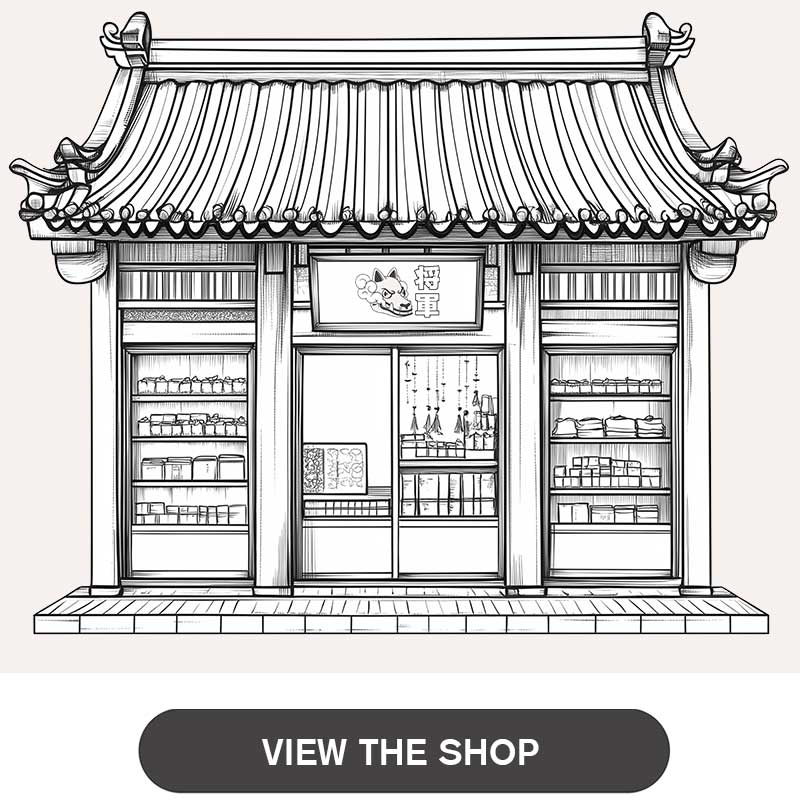
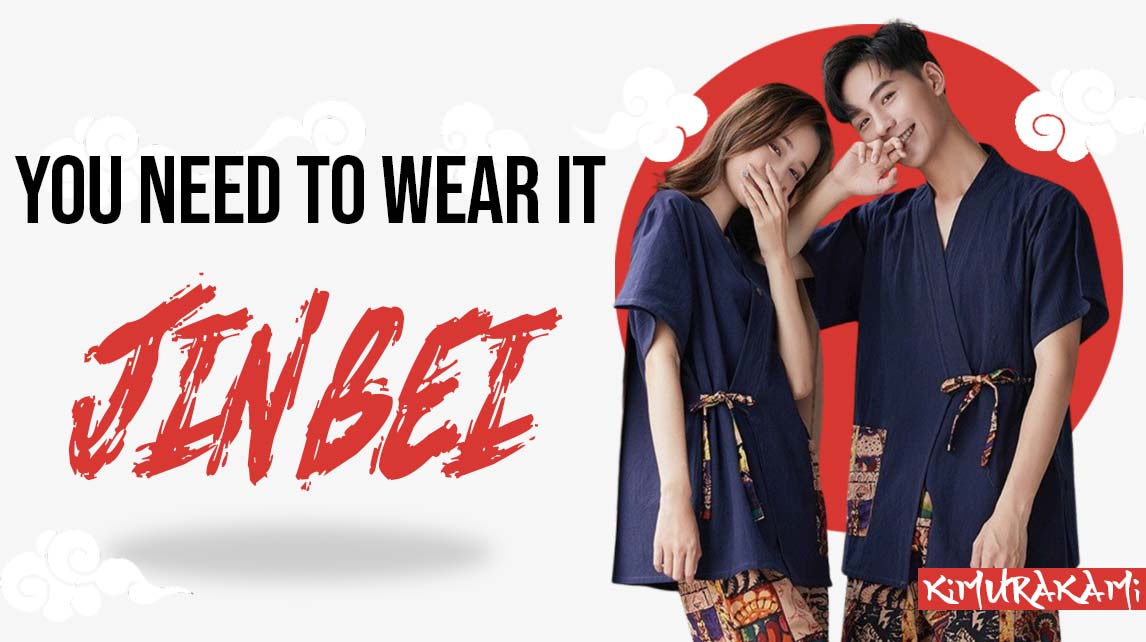
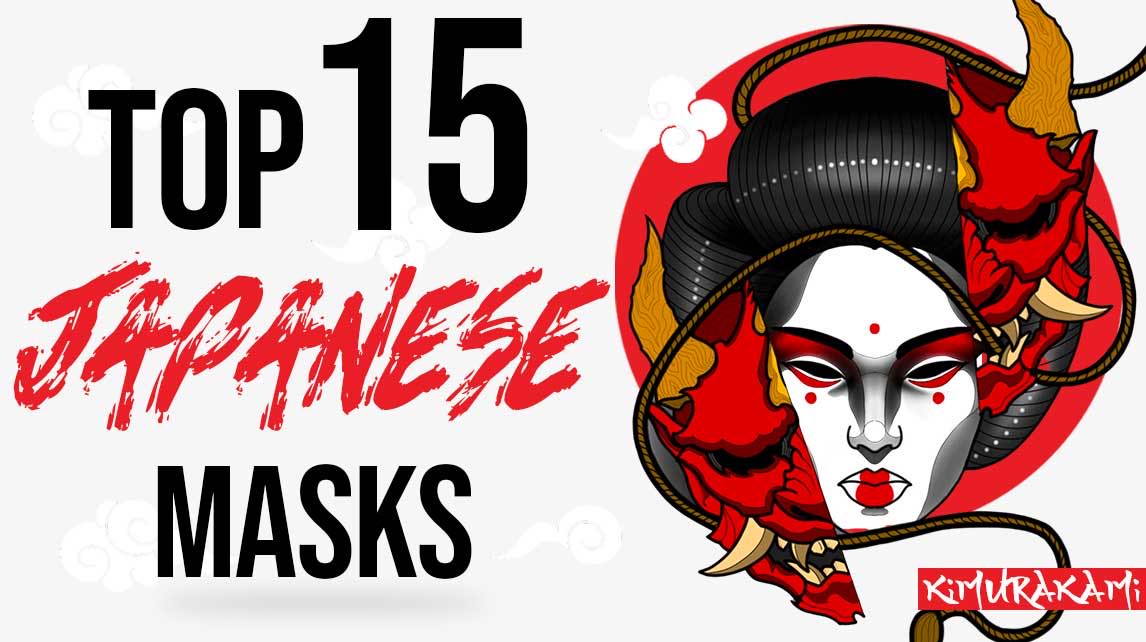
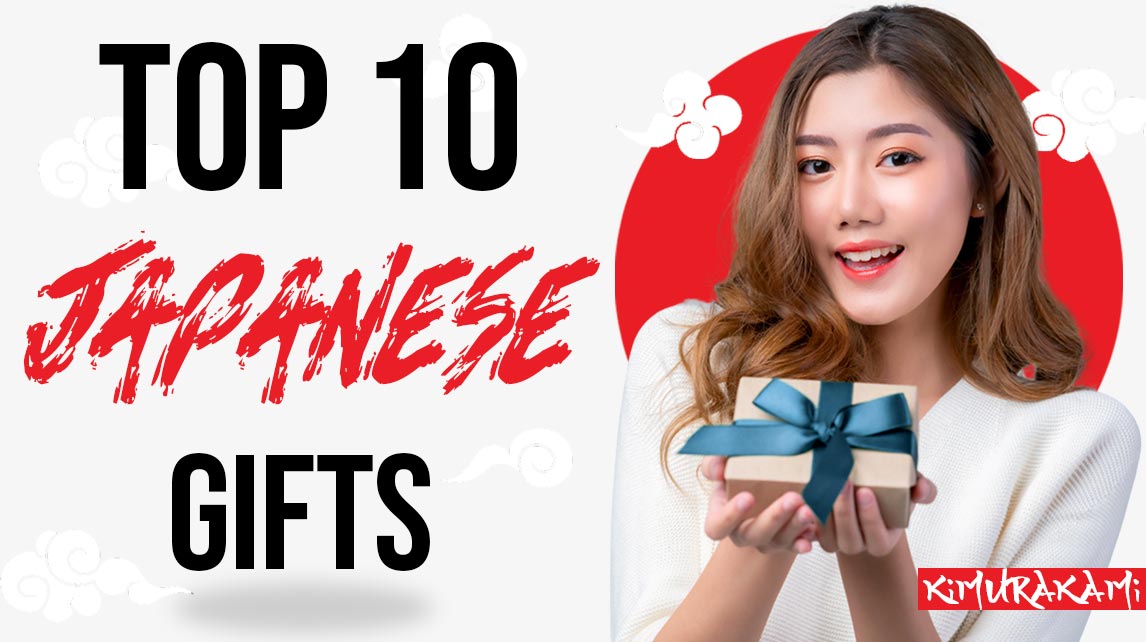
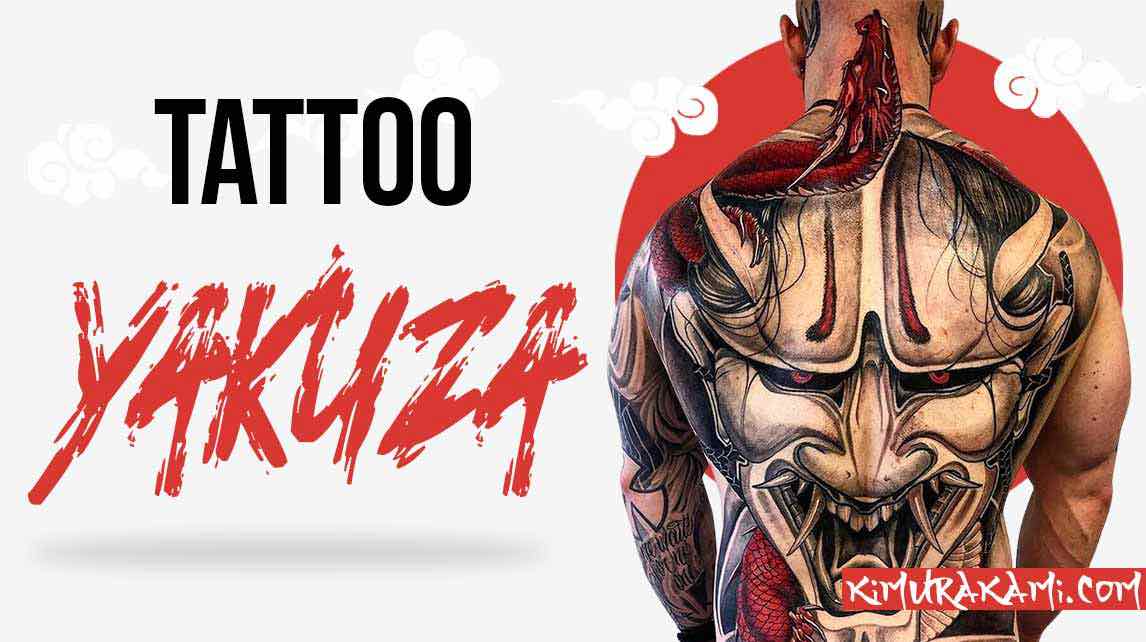
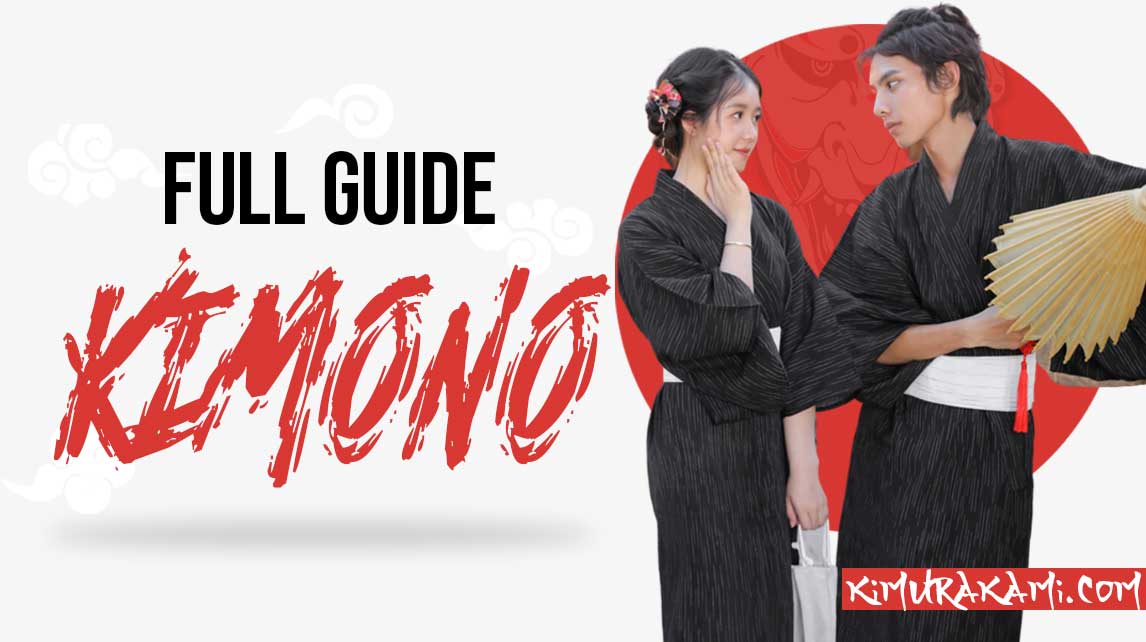
Leave a comment